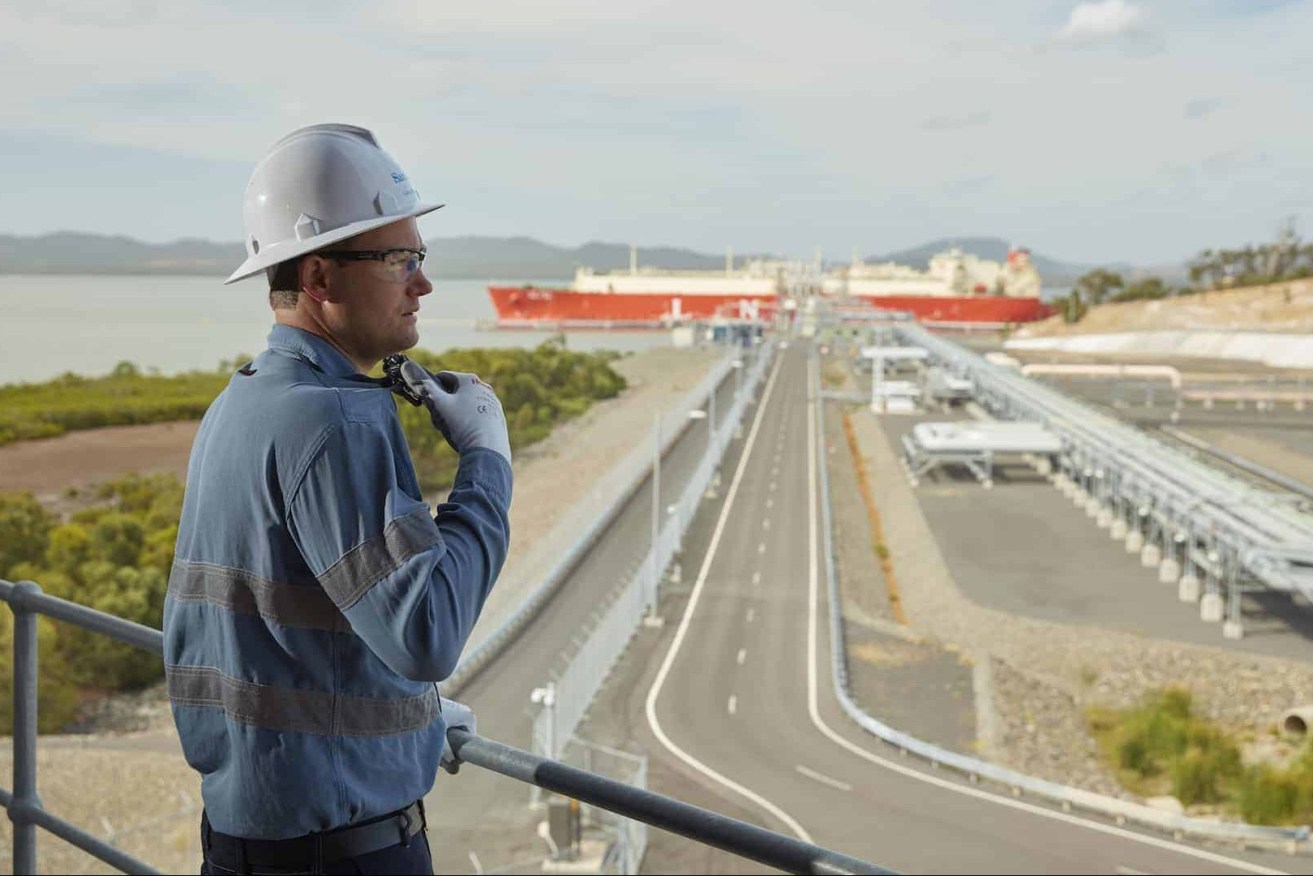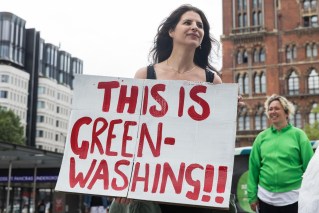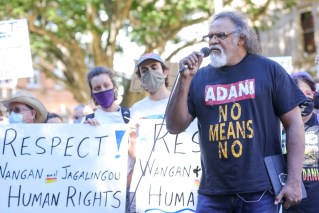Bubble bursts: Why LNG is now a sad, expensive tale of a cursed industry
Once the great white hope for the Queensland economy, LNG has instead become an albatross around its neck, as John McCarthy reports


Santos's Curtis Island LNG project near Gladstone
Building an LNG industry in Queensland seemed like a cracking idea around 2009-10 when the ideas were winding their way through the bureaucracy. It promised billions of dollars for a state which was then getting its first taste of crippling debt.
There were forecasts at the time that Treasury would be earning as much as $900 million a year in coal seam gas royalties. It hasn’t come close to that.
This week’s US$640-700 million writedown of Santos’s GLNG $18 billion project is just the latest in the billions of dollars wiped from the balance sheets of the companies involved. It’s almost embarrassing now.
GLNG isn’t even running anywhere near its nameplate capacity. Analysts think it is around 70 per cent and RBC Capital Markets now values GLNG at $4.5 billion.
The others, APLNG and QGC, have also had massive write downs in value. Billions have been wiped off. What a bloodbath.
You could almost make a case for the industry being cursed. Right from the start it has faced gale-force headwinds.
Not all the issues were the fault of the major players. Who could have predicted a pandemic? But there were some massive stuff-ups.
A clear indication of horror movie in which the gas companies have become star players was the calculation by one analyst who marked down the value of Shell’s Asia Pacific oil and gas assets, which includes QGC, by $US200 billion.
It may get worse. Consultants Energy Quest are forecasting one or two of the six production trains on the Curtis Island could be shut down.
There have been questions raised about how it was all done. First, why are there three LNG plants on Curtis Island? Why three when two could have saved billions for shareholders? Why didn’t they co-operate at the start when everyone was telling them to, including the Government?
There is a term for it but let’s just keep it clean and call it the swinging appendage syndrome.
And why are they on an island? It’s not as if Queensland was short of useable land at the time. Putting them on an island just made it exponentially harder and more expensive, but that’s a question for politicians and bureaucrats who are no longer there.
And when did they figure out they didn’t have enough gas for the ramp up?
There have been winners, though. There are farmers who have been able to survive the drought because of the thousands of dollars in compensation payments they received for having gas wells on their properties.
The construction industry got a nice little kick along at the time the plants were being built and there are some regional communities like Chinchilla, Roma and Dalby that have been boosted by the jobs that flowed.
Gladstone also received a huge boost. Property prices went through the roof during construction, but that had its downside too when people were forced from their homes because they couldn’t afford skyrocketing rents.
And the environmental movement in Queensland got its greatest gift when BG took over QGC and brought its own London way of doing things to Queensland. Had they not so angered everyone they dealt with, things would have been a lot different.
There has been a financial upside, as well. Australia’s export trade was boosted significantly and that has major economic benefits.
The downside of that is that building these projects and creating an export industry would expose Queensland and the other eastern states to international gas prices, which were about double what we had been paying.
The environmental issues created by coal seam gas are still being debated and probably will for years to come as will the overall question of whether it was worthwhile.












